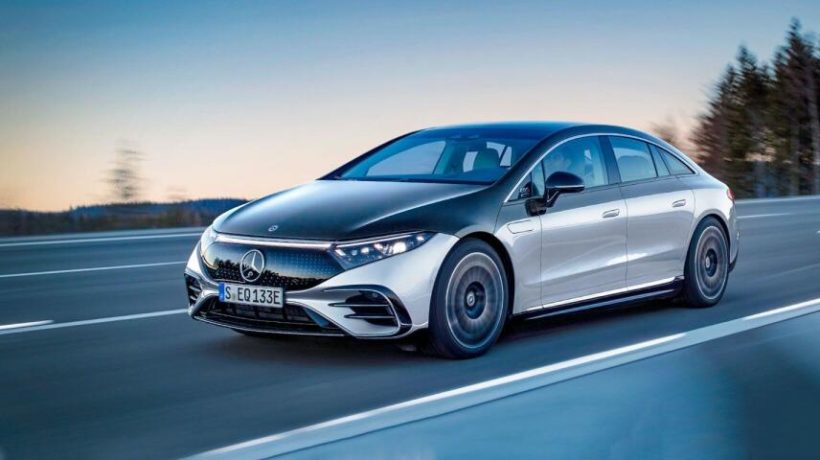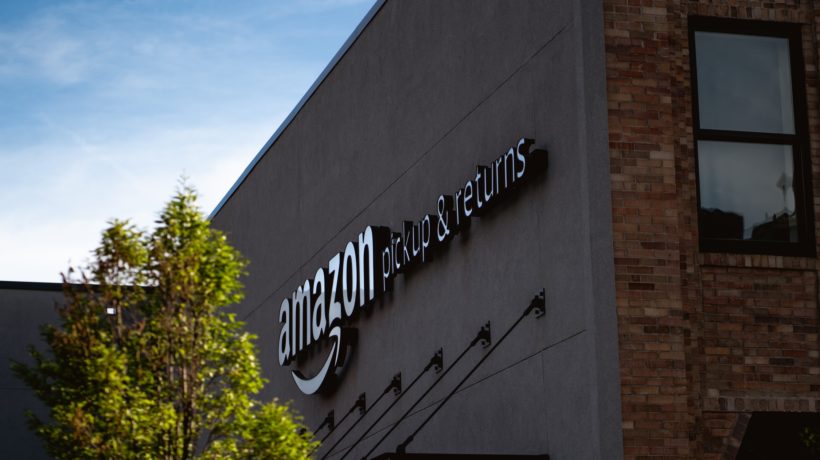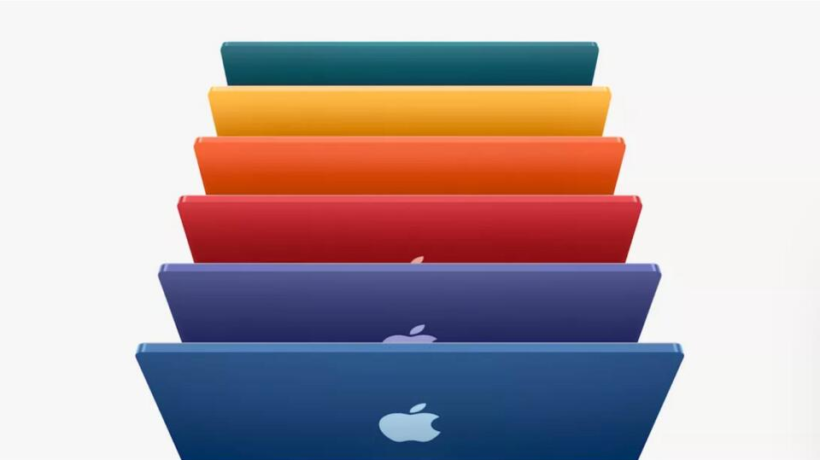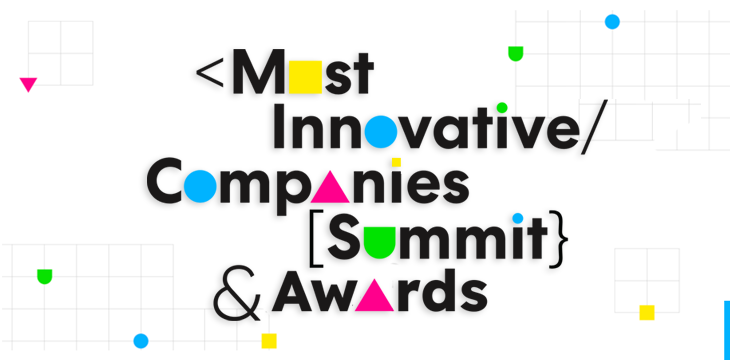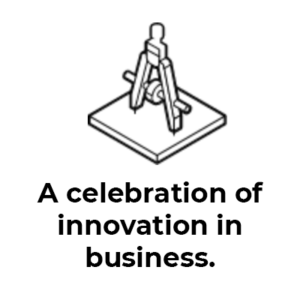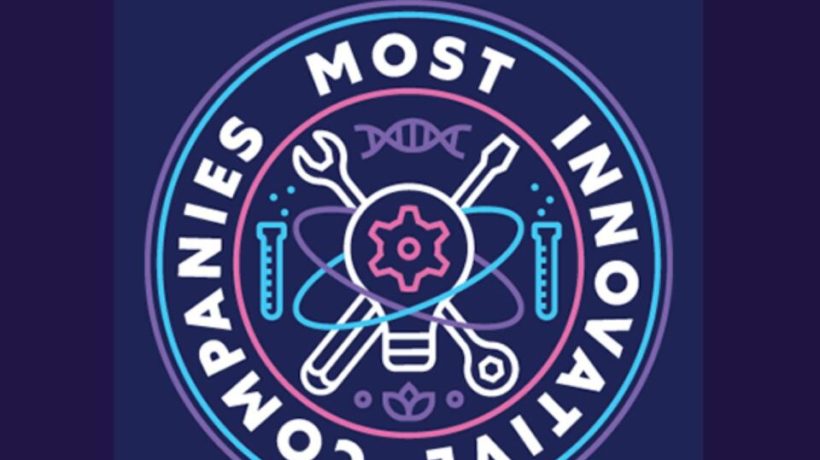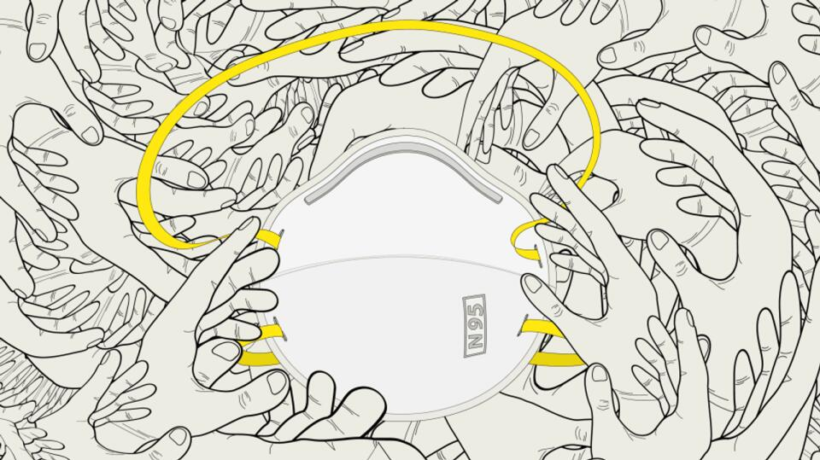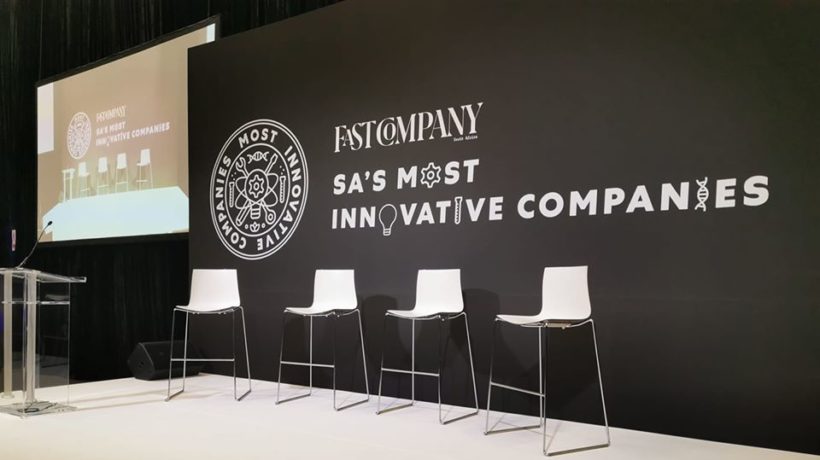Mercedes Benz is entering the electric vehicle arena with their all-new electric EQS
The vehicle will be the flagship of the German automaker’s electric future, and is said to be one of the most luxury electric vehicles ever.
The EQS is in fact the third Mercedes benz EQ model, following the EQC and EQA – which are essentially electric versions of the GLA and GLC SUVs.
The EQS however, is pioneering the electrification of the new S-Class, which has only been on the market for a few months. Customers will have a choice between the standard version and the EQS.
The EQS has a curvaceous body, spacious cabin and state-of-the-art features, including extensive ambient interior lighting, headrest pillows for front and back passengers, and adjustable back seats with massage functions, neck and shoulder heating, and an individual tablet to control the infotainment system.
A most notable feature however, is the Hypescreen – a giant wall-to-wall panel of glass that stretches across the entire dashboard to encompass the digital infotainment system. Other features include face recognition cameras, fingerprint authentication and the “Hey Mercedes” command that is able to recognise vehicle occupants by the voice.
According to the luxury vehicle maker, the EQS has 40 new innovations above the S-Class. This includes artificial intelligence that is able to learn the owner’s habits such as phone calls you make often, to whom, and at what time, in order for the vehicle to make pre-emptive suggestions. It also has four automatic doors that can open remotely.
In addition, the EQS features 350 sensors that make up the Automatedx Valet Parking feature. This allows the owner to leave the car while the vehicle goes and parks on its own as they head inside to their location. A command on an app will see the EQS return on its own to a designated area where the owner will leave the venue.
At 5220 mm long, Mercedes Benz estimates that the car has a 770km driving range on a full charge.
The EQS will launch with two driving options: The EQS 450+ with a single 245kW and 585Nm electric motor positioned at the rear axle. This will allow for 6.2 second dash from 0-100km/h and a 210km/h top speed.
The EQS 4Matic h an extra motor added to the front axle and has a total system output of 285kW and 855Nm. It accelerates from rest to 100km/h in 4.3 seconds.
The charging time for both models is approximately 31 minutes at a rapid direct current charging station. Charging at an AC wall box takes around 11 hours. However, a 15-minute charge at a public station will yield a 300km range.
South Africans can expect the EQS to be available in the country in 2022.

